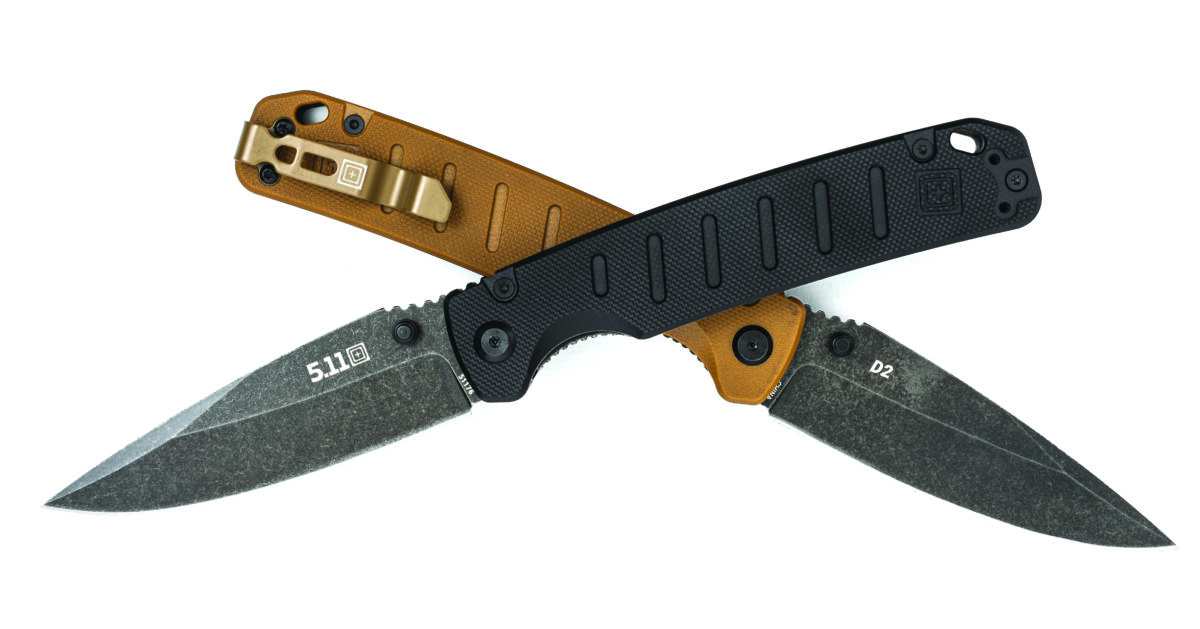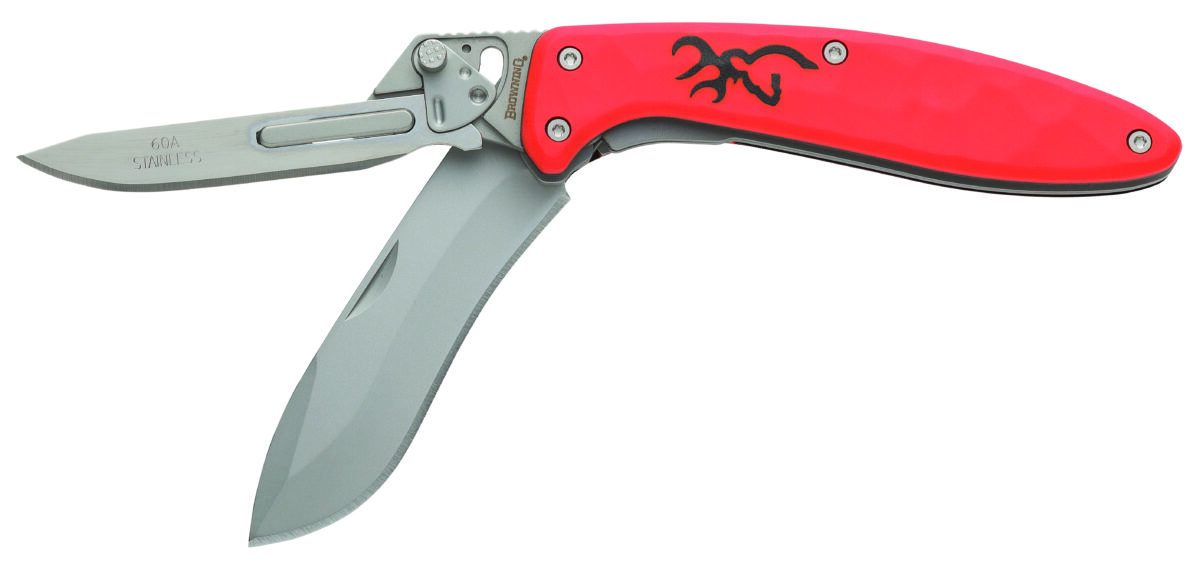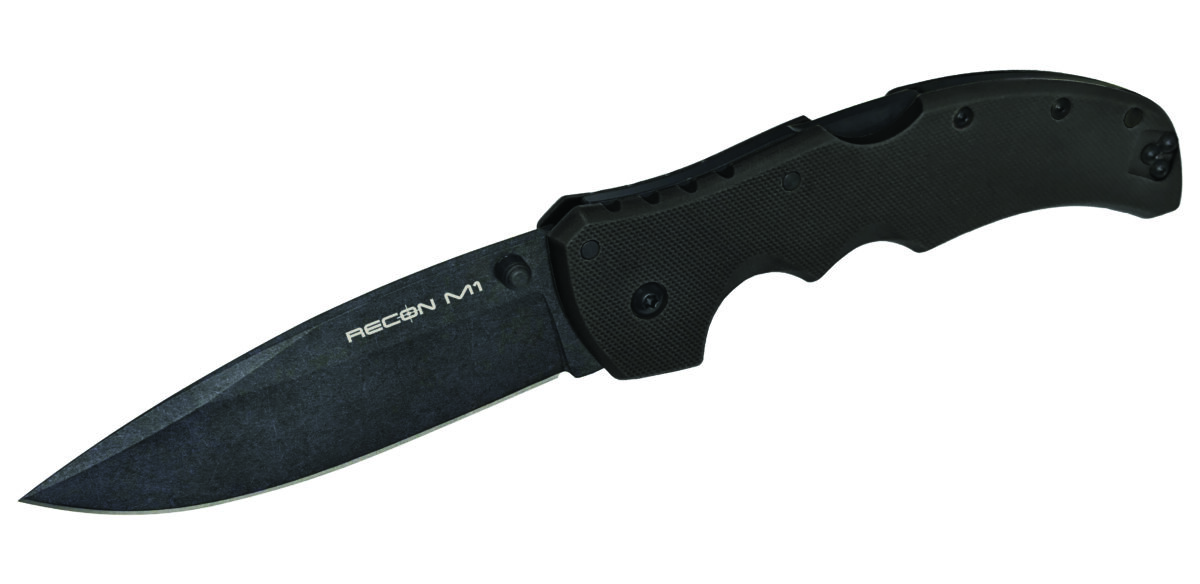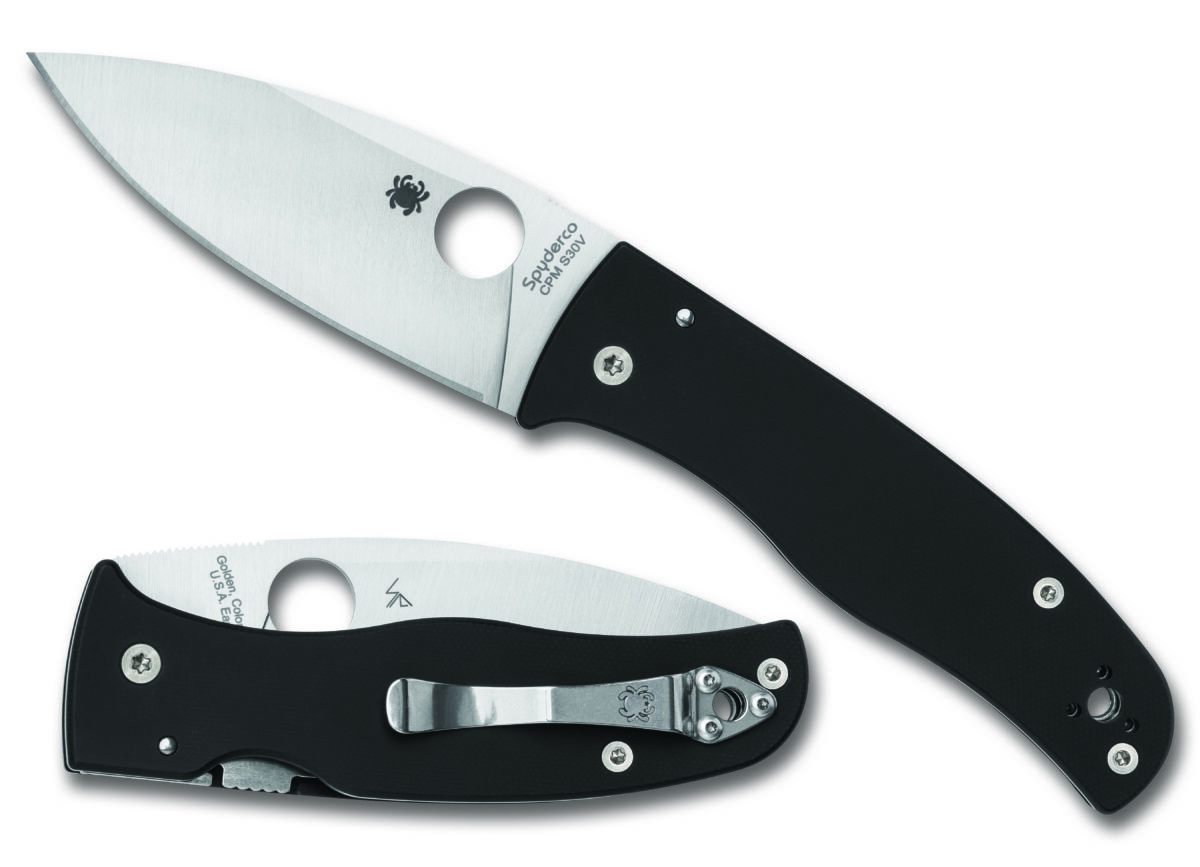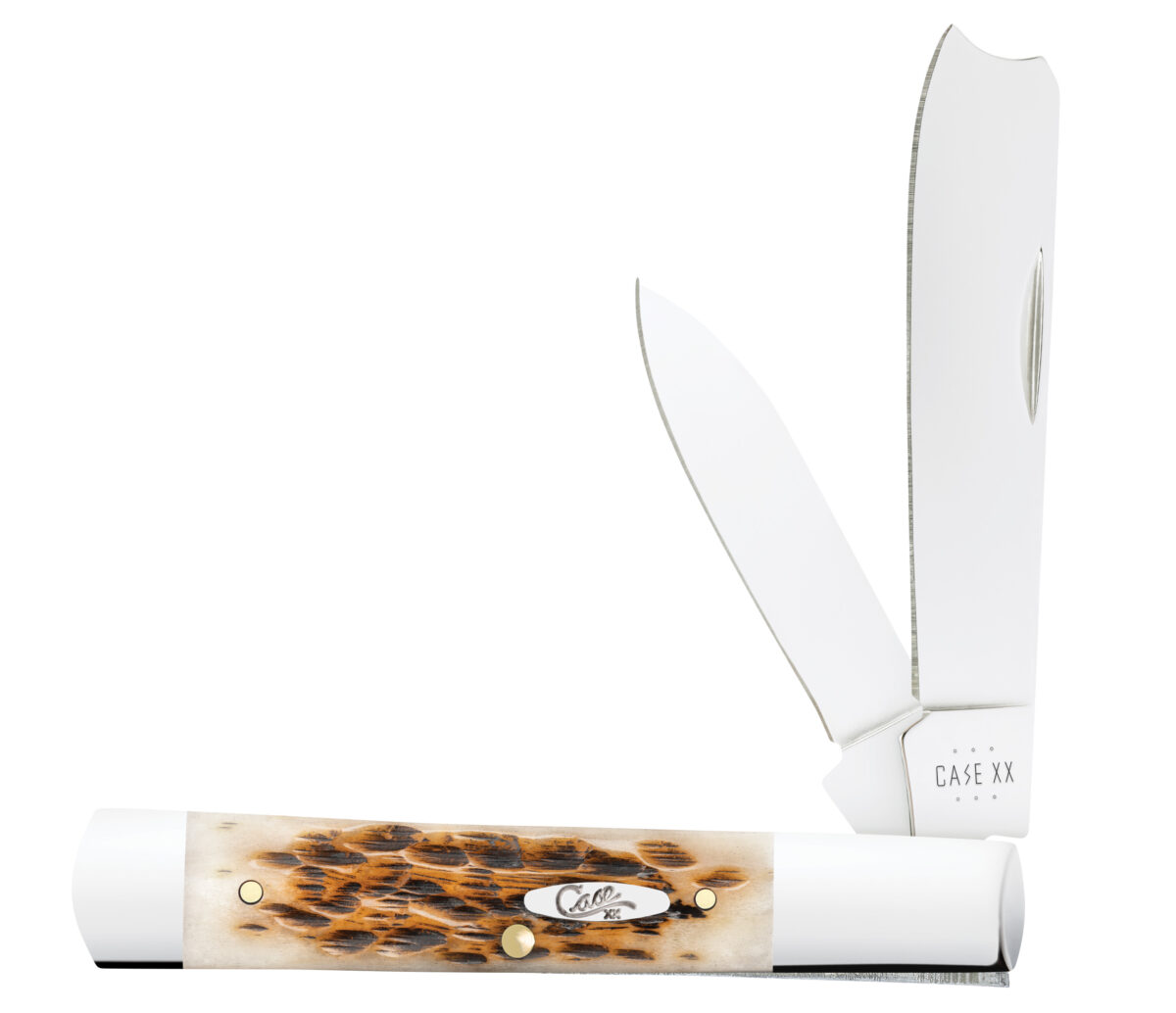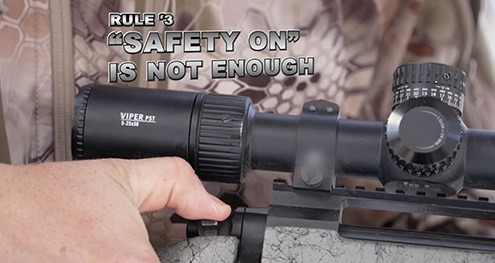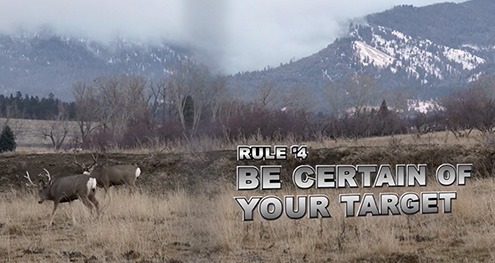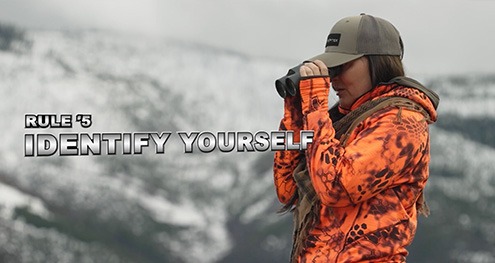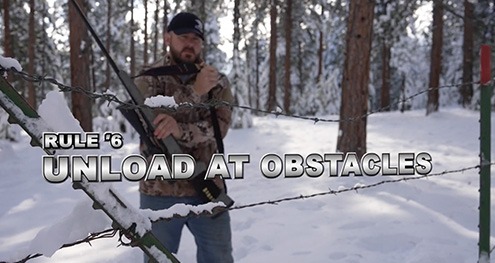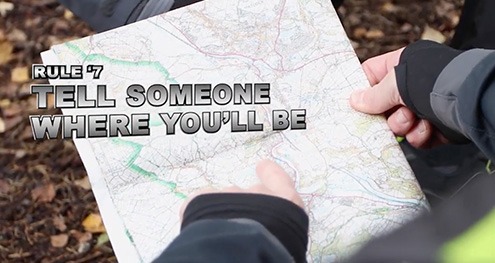JOIN THE MOVEMENT. HELP SECURE THE FUTURE OF OUR WAY OF LIFE.
If just one in three hunters adds one new person to our sport, we’ll secure a strong future for generations to come. So be the one. Ignite the passion that can change the course of someone’s life forever. For all hunting has done to enrich your life, join the +ONE movement and invite someone hunting. Share your experience with posts on social media. #PlusOneMovementSM
Take The Pledge
+ONE Partner Organizations
Working together to encourage responsible mentorship in local communities.
TAKE SOMEONE HUNTING
Invite Someone Hunting
One hunt can be all it takes to create a new hunter for life. With your help, we can recruit the next generation of hunters and shooters and grow America’s hunting heritage like never before. Join the +ONE Movement and invite a friend on your next hunt. Share your passion with posts on social media with #PlusOneMovement and #LetsGoHunting.
HOW TO PLAN FOR A SAFE HUNTING TRIP
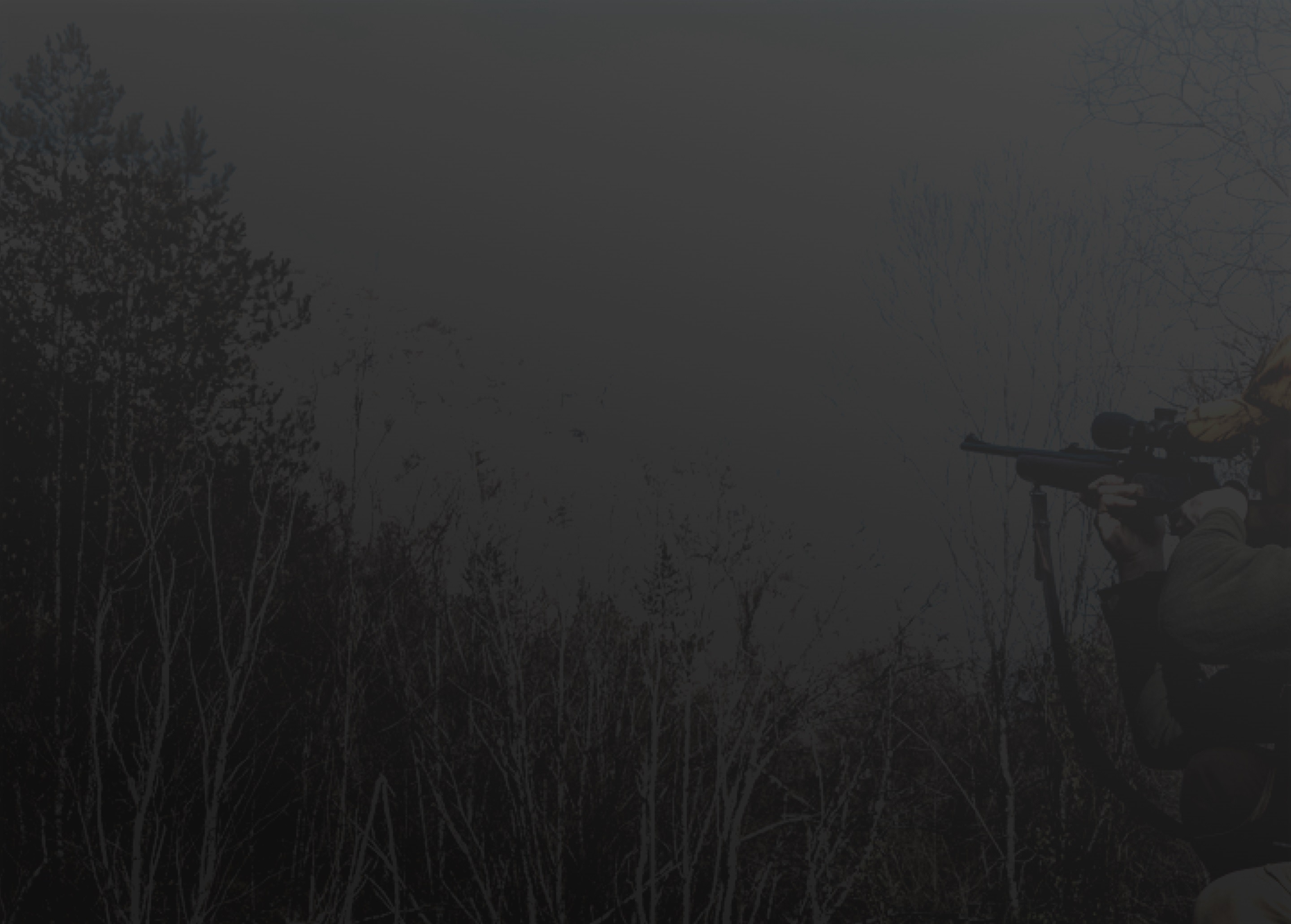
10 Commandments of Firearm Safety
Share these tips with your +ONE.
| 1 |
Always Keep the Muzzle Pointed in a Safe DirectionSimply put: Never point a gun at anything you don’t intend to shoot—even when dry firing. |
| 2 |
Keep Firearms Unloaded When Not in UseNever load a gun until you are ready to shoot. When not in use, store firearms and ammo separately. |
| 3 |
Don’t Rely on a Gun’s SafetyTreat every gun as though it can fire at any time. Safeties are mechanical devices that can become inoperable without your knowing. |
| 4 |
Be Sure of Your Target and What’s Beyond ItNo target is so important that you can’t take the time before pulling the trigger to be certain of where your shot will stop. |
| 5 |
Use the Correct AmmunitionUsing improper or incorrect ammunition can destroy a gun and cause serious personal injury. Always double-check your ammo. |
| 6 |
If the Gun Fails to Fire, Handle with CareIf nothing happens when you pull the trigger, keep the muzzle pointed downrange, unload the gun, and dispose of the faulty cartridge. |
| 7 |
Always Wear Eye and Ear ProtectionExposure to a firearm’s report can damage hearing; adequate vision protection is essential at all times while shooting. |
| 8 |
Be Sure the Barrel is Clear of ObstructionsBefore loading a firearm, open the action, check that there’s no ammo in the chamber or magazine, and make sure the barrel is clear. |
| 9 |
Don’t Alter or Modify a Gun, and Service RegularlyAny alteration or change made to a firearm after manufacture can make the gun dangerous. Also, follow the manufacturer’s service recommendations. |
| 10 |
Learn the Mechanical and Handling Characteristics of the GunEvery firearm is different. Never handle a gun without first familiarizing yourself with it and the way it works. |
INVITE A NEW HUNTER
Getting Youth Involved
Be enthusiastic and don't just tell your young hunter why you love hunting - show them.
Gun Fit
One of the easiest ways to ensure a good time afield is make sure the gun fits properly.
Opening Day
Develop your own traditions including a +ONE and countdown to opening day in your area.
Celebrate the Hunt
One of the best ways to celebrate is a game dinner for the entire group after a successful day afield.
New Turkey Hunter +ONE®️ Starter Pack Promo
Are you a new turkey hunter or hoping to be a hunting mentor? We put together this package to encourage those interested in turkey hunting to try it this year.
We welcome all who are interested in hunting to participate — from new to experienced hunters. Please share this with someone you think would like to get started.
Hunting wild turkeys can be overwhelming for any beginner, but the right information and gear can go a long way. The hunting location, the local hunting regulations, and the gear involved are the main ingredients you need to get started.
Turkey hunting is always more fun with a friend along. The strategy and scouting can become a lot easier and the shared success is truly something that makes the hunt more memorable. Don’t regret having to say “you should’ve been there” or “you had to see it to believe it!”
Your participation in this giveaway will also make sure you’re in the loop for other giveaway opportunities in the future.
From a camo hunting blind to trail cameras for scouting to eye and ear protection, we’ve got a standard list of beginner gear ready for one lucky turkey hunter!
Will you embrace the +ONE®️ mentorship mission and either try hunting for the first time or invite someone new on a hunt? It’s the best way to give back as a hunter.
More Help For Turkey Hunters
A great resource for turkey hunting is the National Wild Turkey Federation. They’ve got tips, events and a great community to get active in to learn more.
It’s extremely rewarding to get your own wild turkey and make great meals for yourself and others from the lean and organic wild game meat. We wish you the best luck in this giveaway and while hunting this year!
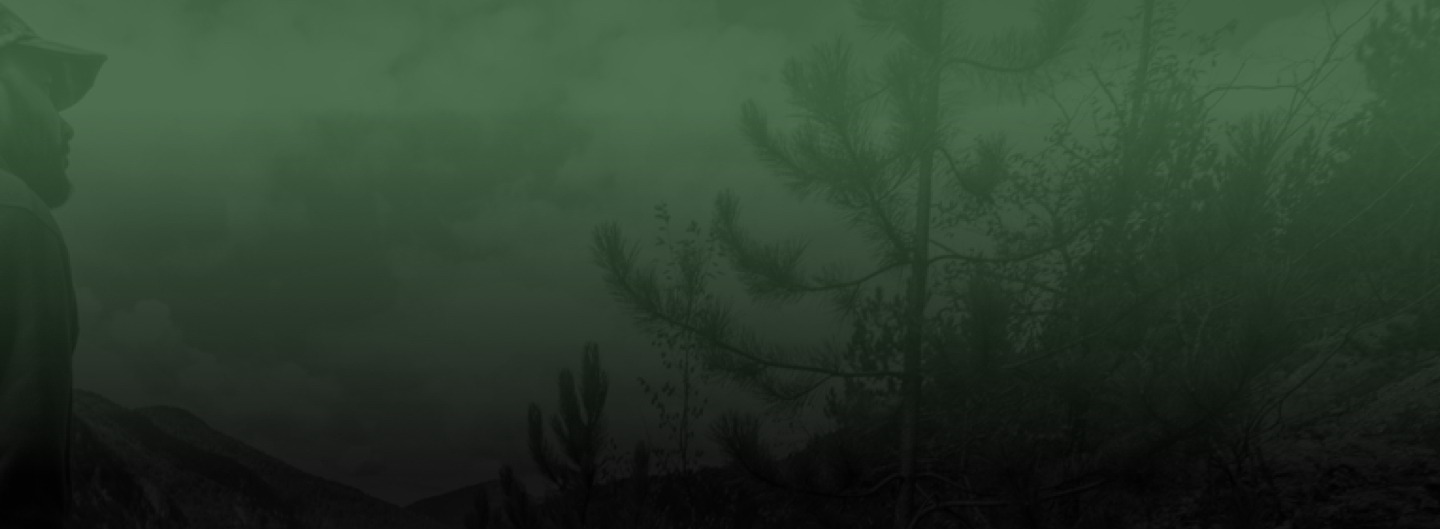
5 Essentials for a First Hunt
| 1 |
Blaze OrangeSafety first. Plus, an orange hat and vest makes a great welcoming gift to hunting. |
| 2 |
BinocularBring an extra bino so the newcomer can stay engaged even during the slow periods. |
| 3 |
Wind CheckerHelps drive home the importance of always knowing what the wind is doing. |
| 4 |
Hand WarmersAs every hunter knows, no matter how good the gloves, hands will get cold. |
| 5 |
Large ThermosNothing helps pass the time like a warming cup of coffee or hot cocoa. |
#PLUSONEMOVEMENT
Join the +ONE Movement and share your experience with posts on social media.
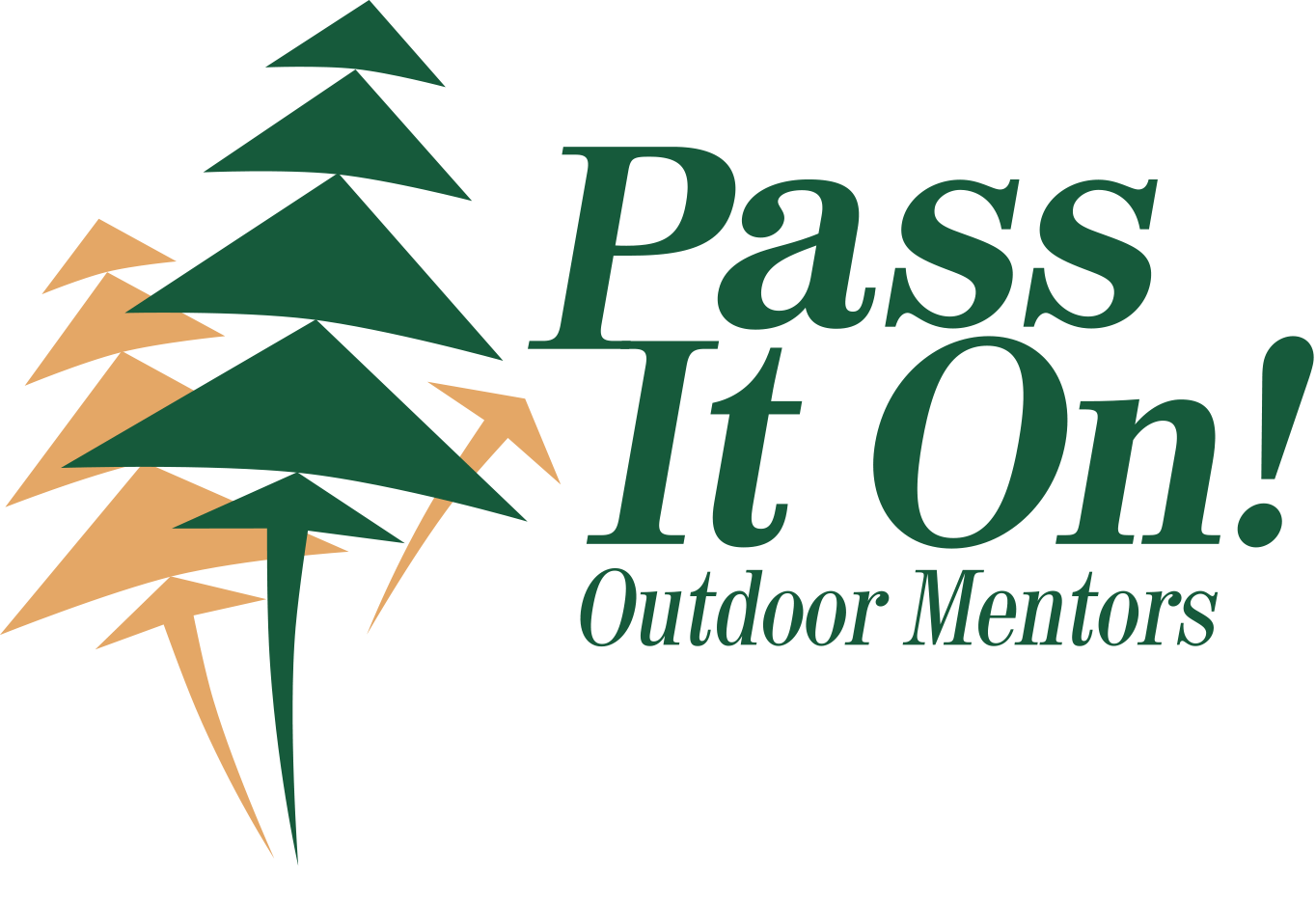


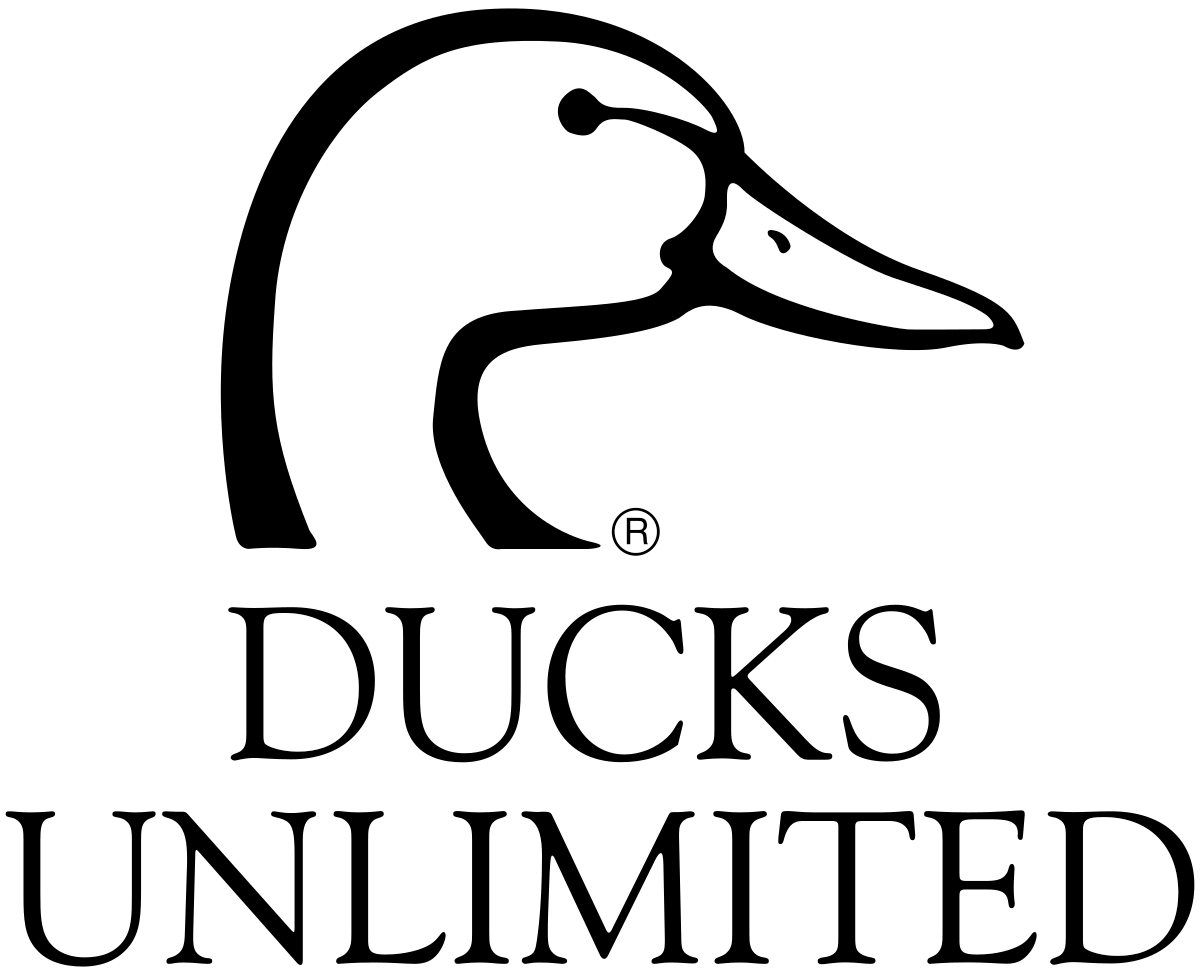
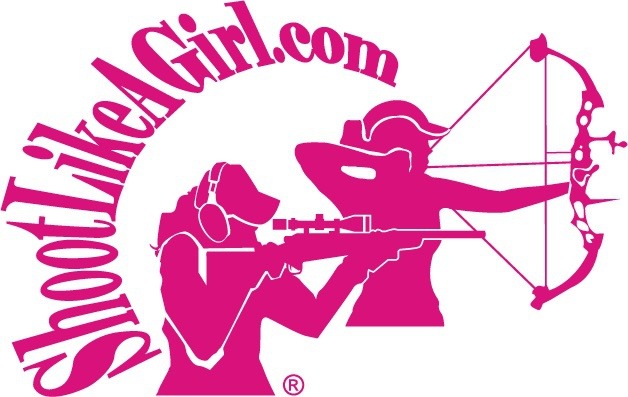
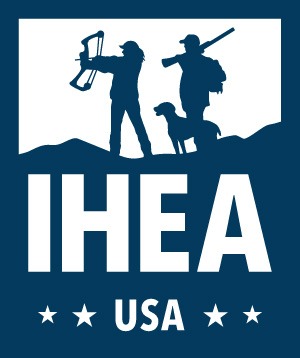

 Dylan Hazen[/caption]
Hunters registered 50,435 wild turkeys in Wisconsin's 2024 spring season, a 22% increase over the five-year average and the fourth highest in state history, reflecting the state's strong turkey population and favorable conditions. Mild winters and warm, dry springs contributed to excellent adult survival and nesting success, leading to more turkeys on the landscape. The 2024 season marks the fourth time Wisconsin hunters have harvested over 50,000 turkeys, with similar successes noted in neighboring states. The Wisconsin DNR's turkey management strategies, validated by these results, continue to support sustainable hunting practices and population growth.
Dylan Hazen[/caption]
Hunters registered 50,435 wild turkeys in Wisconsin's 2024 spring season, a 22% increase over the five-year average and the fourth highest in state history, reflecting the state's strong turkey population and favorable conditions. Mild winters and warm, dry springs contributed to excellent adult survival and nesting success, leading to more turkeys on the landscape. The 2024 season marks the fourth time Wisconsin hunters have harvested over 50,000 turkeys, with similar successes noted in neighboring states. The Wisconsin DNR's turkey management strategies, validated by these results, continue to support sustainable hunting practices and population growth.  Bill Marchel[/caption]
Minnesota wild turkey hunters achieved a record harvest this spring, bagging over 16,600 birds, a 19% increase from the previous record. Contributing factors included an abundance of gobblers and favorable weather conditions, leading to greater opportunities for hunters. Youth participation also rose significantly, with notable increases in license sales, particularly among younger hunters. This success is attributed to ideal nesting conditions and mild winter, which helped more turkeys survive and thrive.
Bill Marchel[/caption]
Minnesota wild turkey hunters achieved a record harvest this spring, bagging over 16,600 birds, a 19% increase from the previous record. Contributing factors included an abundance of gobblers and favorable weather conditions, leading to greater opportunities for hunters. Youth participation also rose significantly, with notable increases in license sales, particularly among younger hunters. This success is attributed to ideal nesting conditions and mild winter, which helped more turkeys survive and thrive.  Photo courtesy HOC[/caption]
The article highlights the challenges and mission of Hunters of Color (HOC), an organization aiming to create equal opportunities in hunting for underrepresented groups. Founded by Jimmy Flatt, HOC focuses on providing mentorship and fostering a diverse outdoors community. Participants like Johnson and Hentati, who lacked hunting mentors growing up, find support and guidance through HOC, which also emphasizes conservation. Despite facing barriers, including a predominantly white hunting culture and racial incidents, HOC persists in promoting inclusivity and expanding hunting opportunities for people of color.
Photo courtesy HOC[/caption]
The article highlights the challenges and mission of Hunters of Color (HOC), an organization aiming to create equal opportunities in hunting for underrepresented groups. Founded by Jimmy Flatt, HOC focuses on providing mentorship and fostering a diverse outdoors community. Participants like Johnson and Hentati, who lacked hunting mentors growing up, find support and guidance through HOC, which also emphasizes conservation. Despite facing barriers, including a predominantly white hunting culture and racial incidents, HOC persists in promoting inclusivity and expanding hunting opportunities for people of color.  This article
This article  Roscoe Spaulding[/caption]
Discover how Roscoe Spaulding revitalized Wayne County's turkey population and became a legendary mentor in the hunting community. Learn about his unique methods of raising and releasing turkey chicks and his lifelong dedication to teaching others the art of turkey hunting. Dive into the story of the inaugural Roscoe Spaulding Memorial Turkey Hunt, an event honoring his legacy and funding a headstone and future scholarship, showcasing the lasting impact of this remarkable conservationist and community figure.
Roscoe Spaulding[/caption]
Discover how Roscoe Spaulding revitalized Wayne County's turkey population and became a legendary mentor in the hunting community. Learn about his unique methods of raising and releasing turkey chicks and his lifelong dedication to teaching others the art of turkey hunting. Dive into the story of the inaugural Roscoe Spaulding Memorial Turkey Hunt, an event honoring his legacy and funding a headstone and future scholarship, showcasing the lasting impact of this remarkable conservationist and community figure. 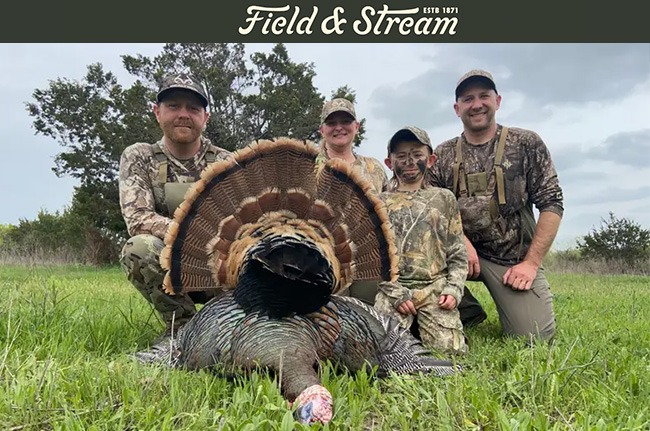 The author reflects on an exceptional turkey hunting season, spanning 30 days across various states from late March to early May. He notes an encouraging rebound in turkey populations in many areas, with harvest statistics showing increases, despite mixed impacts from regulatory changes. The author emphasizes the role of predation and habitat quality in turkey declines, advocating for better private land management. He also highlights the importance of perseverance when hunting, sharing anecdotes of successful hunts after initial setbacks, and concludes with observations on the effectiveness of different calling techniques and the variability of late-season gobbling patterns.
The author reflects on an exceptional turkey hunting season, spanning 30 days across various states from late March to early May. He notes an encouraging rebound in turkey populations in many areas, with harvest statistics showing increases, despite mixed impacts from regulatory changes. The author emphasizes the role of predation and habitat quality in turkey declines, advocating for better private land management. He also highlights the importance of perseverance when hunting, sharing anecdotes of successful hunts after initial setbacks, and concludes with observations on the effectiveness of different calling techniques and the variability of late-season gobbling patterns.  Jeff Neill has several years’ experience hunting turkeys in his native Wisconsin, but traveling the country and encountering the different strategies that go along with differing terrain has heated his passion for the springtime pursuit to a fever pitch. The experience has kindled a fire in the adventurer’s soul for Neill. With Easterns and now an Osceola to his credit, he’s halfway to the Wild Turkey Grand Slam.
Jeff Neill has several years’ experience hunting turkeys in his native Wisconsin, but traveling the country and encountering the different strategies that go along with differing terrain has heated his passion for the springtime pursuit to a fever pitch. The experience has kindled a fire in the adventurer’s soul for Neill. With Easterns and now an Osceola to his credit, he’s halfway to the Wild Turkey Grand Slam.  Eight-year-old Vaughn Siver bagged a rare bearded hen with smoke-phase coloration during his first turkey hunt in early May in western South Dakota, accompanied by his dad, Cody. After setting up camp and scouting, they set up ground blinds and, despite initial challenges, Vaughn successfully shot the unique bird. Cody also managed to fill his tag by shooting a tom later. The experience, marked by the discovery of the rare leucistic turkey, made the hunt unforgettable for Vaughn, who enjoyed both the hunt and the camping adventure.
Eight-year-old Vaughn Siver bagged a rare bearded hen with smoke-phase coloration during his first turkey hunt in early May in western South Dakota, accompanied by his dad, Cody. After setting up camp and scouting, they set up ground blinds and, despite initial challenges, Vaughn successfully shot the unique bird. Cody also managed to fill his tag by shooting a tom later. The experience, marked by the discovery of the rare leucistic turkey, made the hunt unforgettable for Vaughn, who enjoyed both the hunt and the camping adventure. 
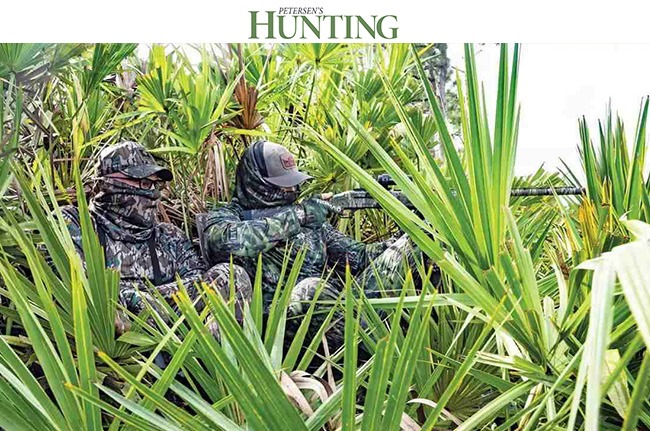
 The article reflects on the joy and memories created during the 2024 wild turkey hunting season, which has been successful for both young and seasoned hunters in Franklin County. The author emphasizes that the greatest moments in turkey hunting are not just about the harvest but about sharing the experience with family and friends and passing on the tradition to the next generation. A highlight of the season is the story of Joe Warger and his son Casey, who reunited for a memorable hunt after nine years, exemplifying the deep bonds and cherished memories formed through turkey hunting. The article underscores the profound connection and joy that hunters feel when they engage with nature and share these experiences with loved ones.
The article reflects on the joy and memories created during the 2024 wild turkey hunting season, which has been successful for both young and seasoned hunters in Franklin County. The author emphasizes that the greatest moments in turkey hunting are not just about the harvest but about sharing the experience with family and friends and passing on the tradition to the next generation. A highlight of the season is the story of Joe Warger and his son Casey, who reunited for a memorable hunt after nine years, exemplifying the deep bonds and cherished memories formed through turkey hunting. The article underscores the profound connection and joy that hunters feel when they engage with nature and share these experiences with loved ones. 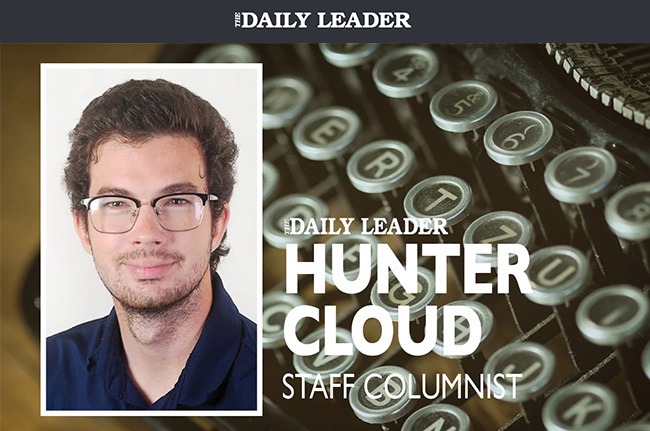 The 2024 Spring Turkey season was memorable for the author, although no turkeys were harvested. Despite the lack of a successful hunt, the author cherished various experiences such as hearing turkey drumming, encountering wildlife, and enjoying the beauty of the outdoors. Memorable moments included observing turkeys, dealing with unpredictable weather, and encountering snakes and turtles. The author emphasizes the joy of being in nature and looks forward to future outdoor activities and habitat work.
The 2024 Spring Turkey season was memorable for the author, although no turkeys were harvested. Despite the lack of a successful hunt, the author cherished various experiences such as hearing turkey drumming, encountering wildlife, and enjoying the beauty of the outdoors. Memorable moments included observing turkeys, dealing with unpredictable weather, and encountering snakes and turtles. The author emphasizes the joy of being in nature and looks forward to future outdoor activities and habitat work.  John Hafner Photography[/caption]
Dr. Mike Chamberlain, known as the "Turkey Doctor," provided an update on the state of wild turkeys, noting mixed observations from the 2024 season. While some areas, like Arkansas, show signs of population recovery, other regions, particularly in the Southeast and Midwest, continue to experience declines. He emphasized the importance of ongoing research, which is currently more extensive and collaborative than ever, aimed at understanding and addressing factors affecting turkey populations. Chamberlain remains cautiously optimistic, highlighting that comprehensive and standardized research will eventually yield the answers needed to stabilize and improve wild turkey numbers.
John Hafner Photography[/caption]
Dr. Mike Chamberlain, known as the "Turkey Doctor," provided an update on the state of wild turkeys, noting mixed observations from the 2024 season. While some areas, like Arkansas, show signs of population recovery, other regions, particularly in the Southeast and Midwest, continue to experience declines. He emphasized the importance of ongoing research, which is currently more extensive and collaborative than ever, aimed at understanding and addressing factors affecting turkey populations. Chamberlain remains cautiously optimistic, highlighting that comprehensive and standardized research will eventually yield the answers needed to stabilize and improve wild turkey numbers. 
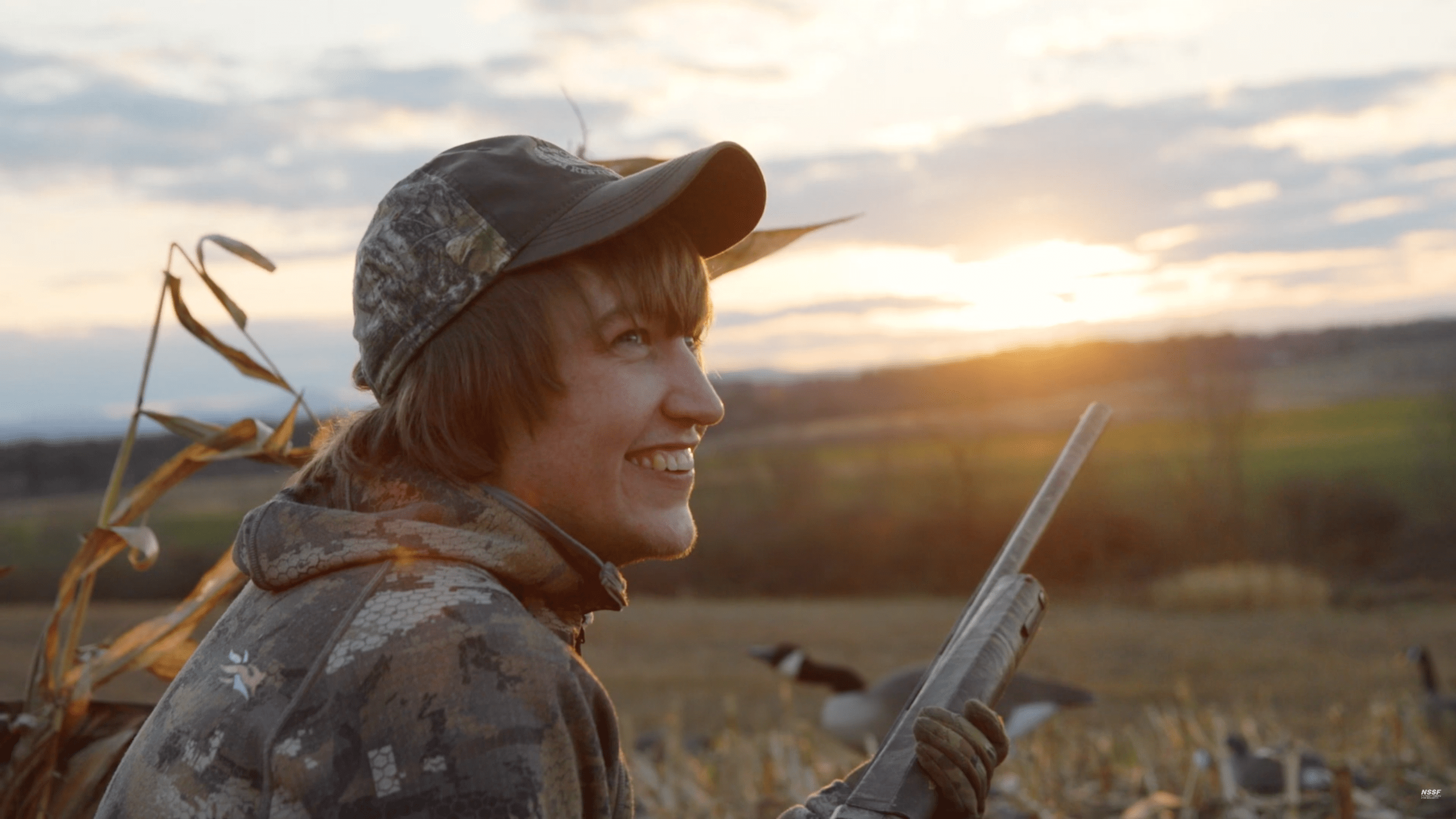
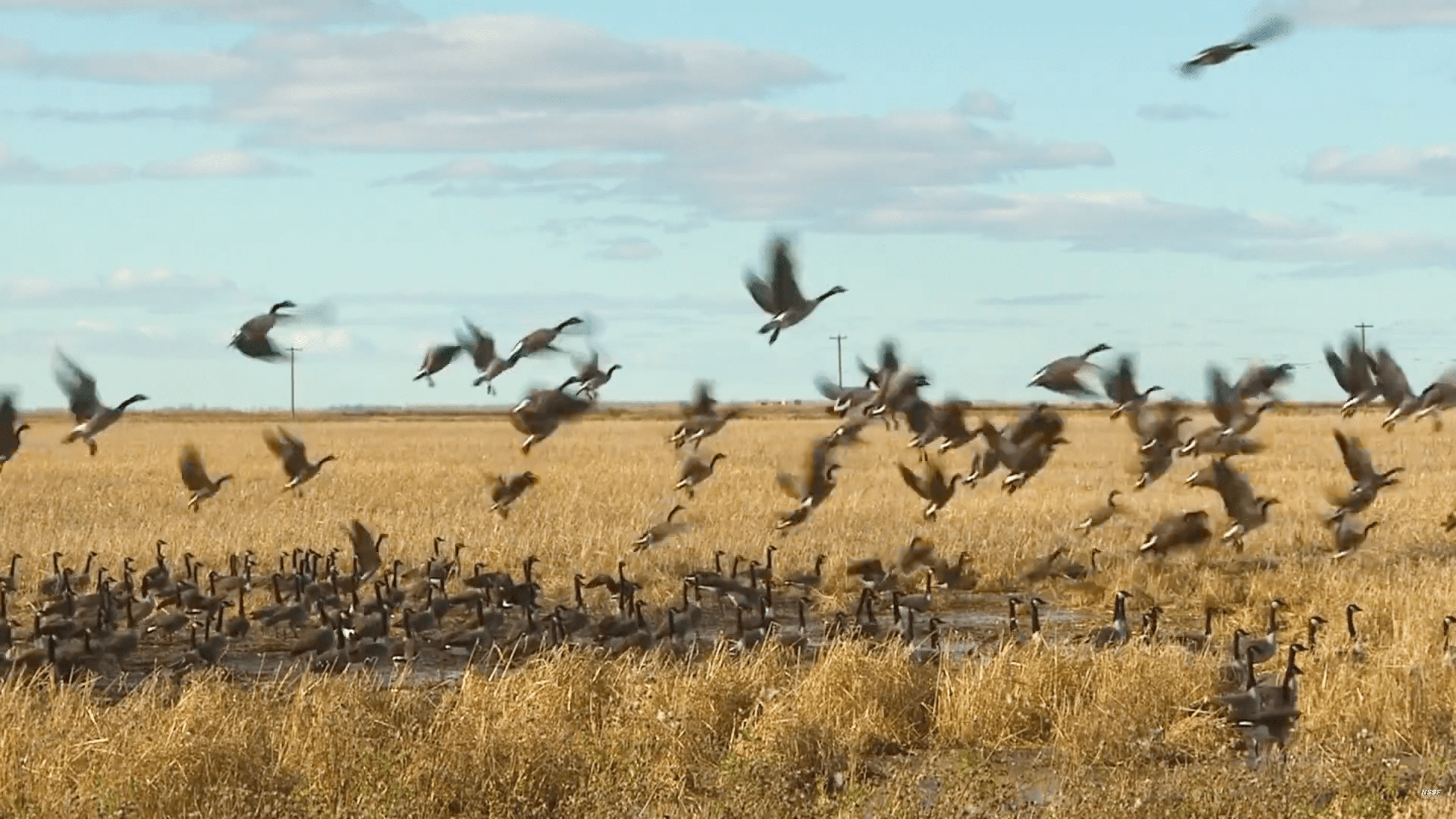 The partnership between firearm manufacturers and wildlife conservation agencies is a model for the world. It shows how industry participation can positively impact the environment and highlights the need for ongoing support for conservation efforts.
In short, the relationship between firearm manufacturers and wildlife conservation is vital. By understanding how excise taxes and industry contributions fund conservation, hunters and shooters can see the positive impact their purchases have on preserving nature for future generations.
Partner with a Payer
The Partner with a Payer initiative was developed to help generations of employees in the firearm, archery and angling industries, state agencies and the U.S. Fish and Wildlife Service to better understand their, and each other’s, roles in conservation.
The partnership between firearm manufacturers and wildlife conservation agencies is a model for the world. It shows how industry participation can positively impact the environment and highlights the need for ongoing support for conservation efforts.
In short, the relationship between firearm manufacturers and wildlife conservation is vital. By understanding how excise taxes and industry contributions fund conservation, hunters and shooters can see the positive impact their purchases have on preserving nature for future generations.
Partner with a Payer
The Partner with a Payer initiative was developed to help generations of employees in the firearm, archery and angling industries, state agencies and the U.S. Fish and Wildlife Service to better understand their, and each other’s, roles in conservation.
